As recently as last month, existing state law prohibited the sale of accessory dwelling units (“ADU”) from being sold or conveyed separately from the primary residence, except under specific circumstances […]
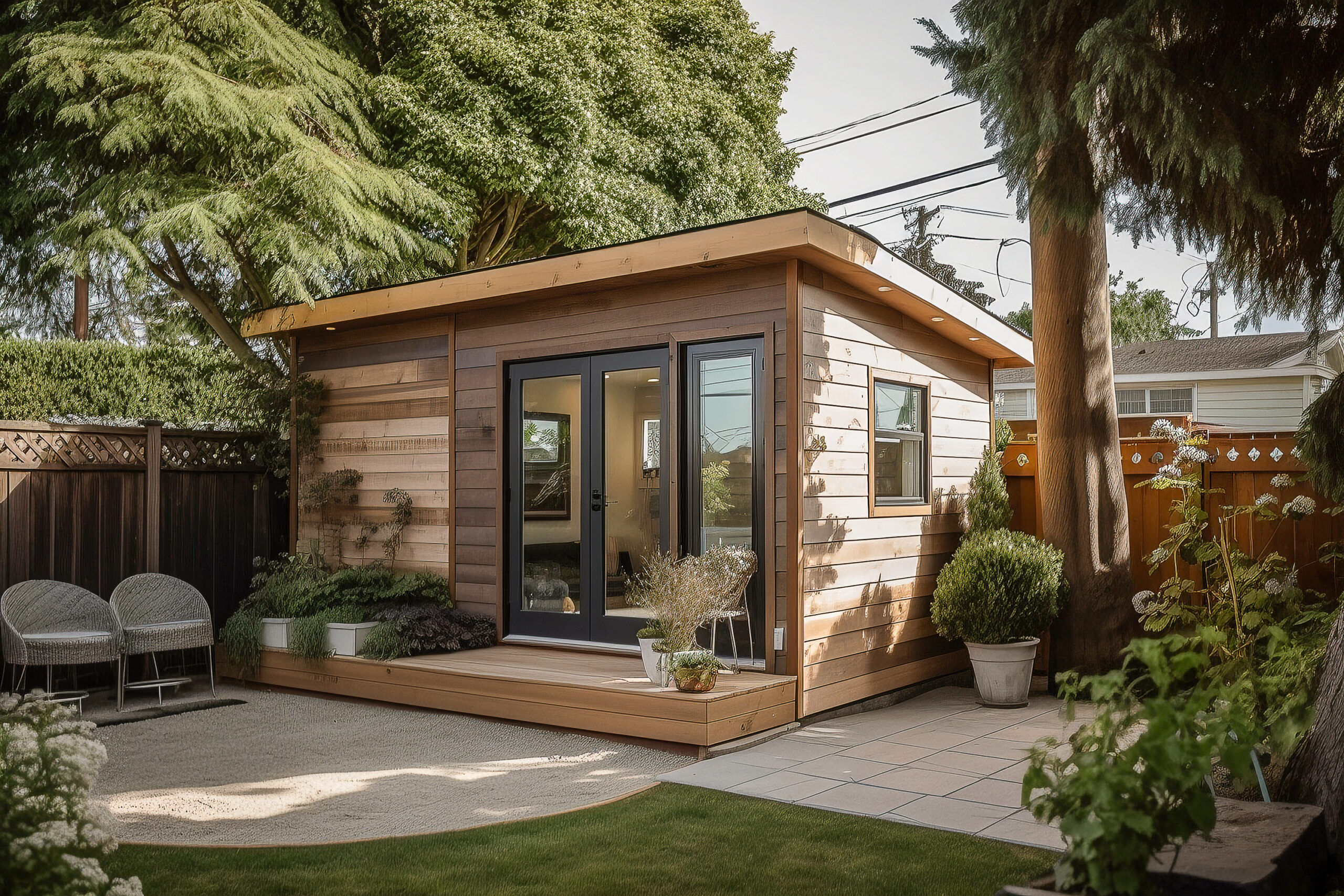

As recently as last month, existing state law prohibited the sale of accessory dwelling units (“ADU”) from being sold or conveyed separately from the primary residence, except under specific circumstances […]
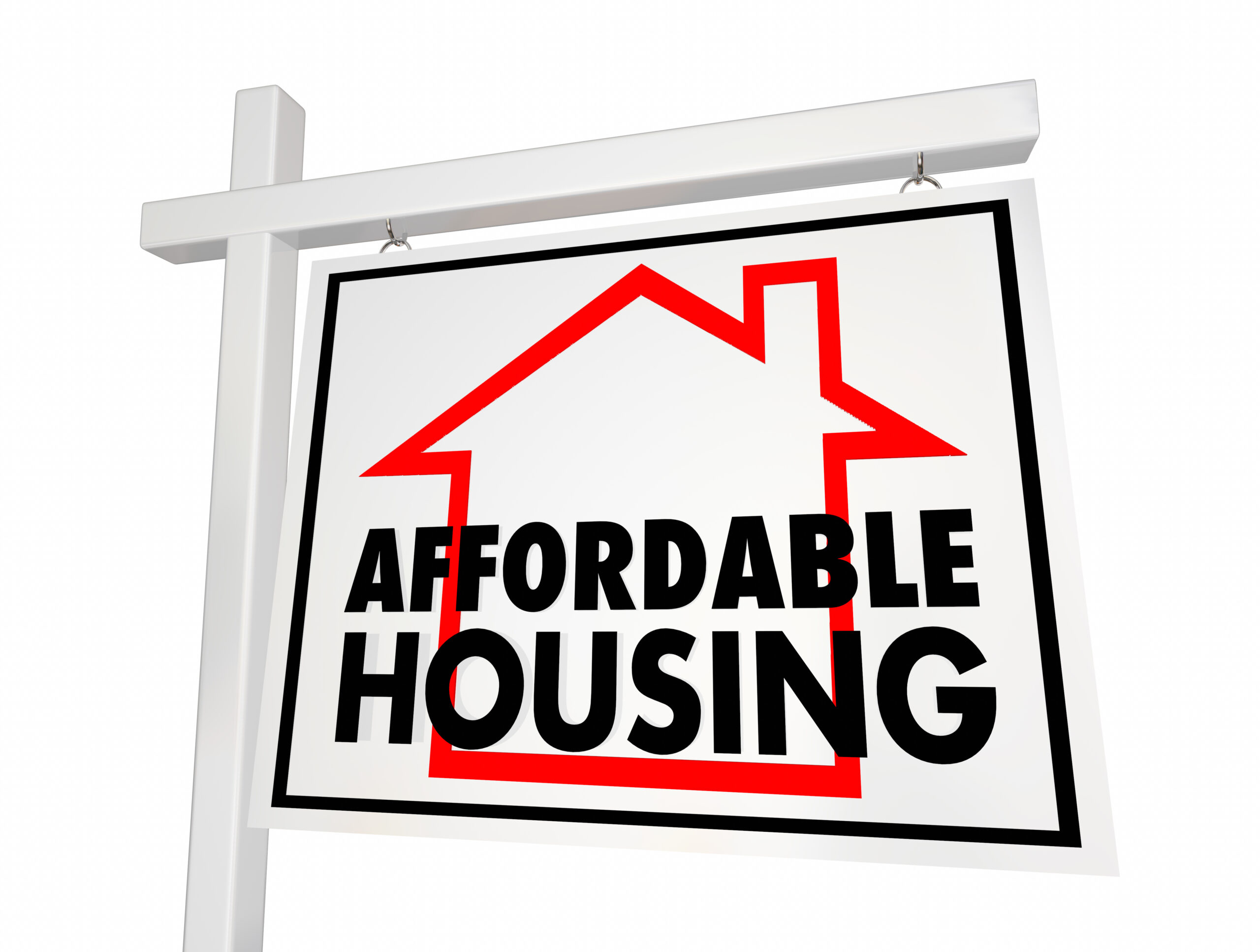
As we’ve previously covered, Governor Gavin Newsom signed a substantial amount of housing bills into law this year. Two of the most notable pieces of legislation will significantly increase the […]
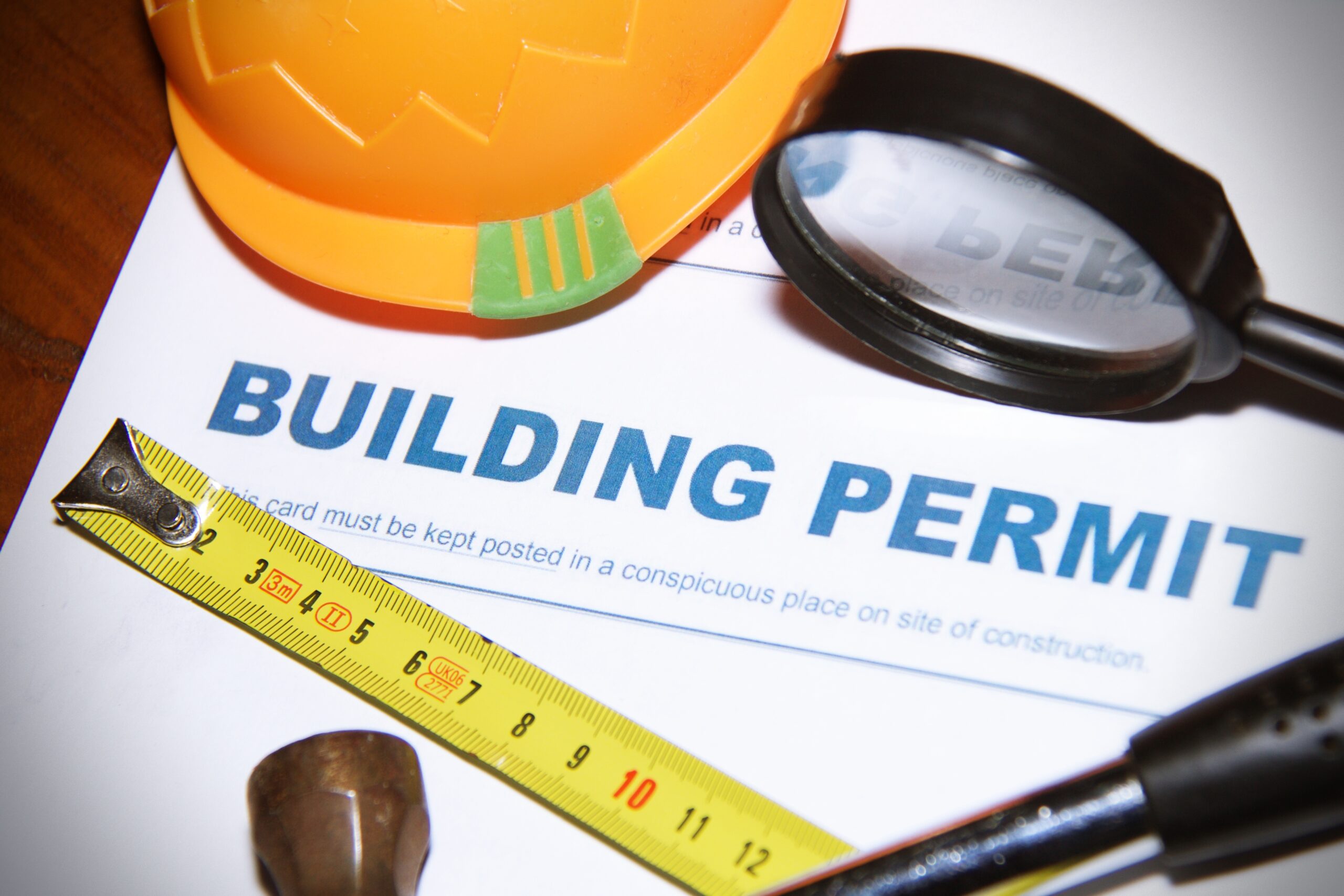
In recent months, City agencies have been working hard to improve review and issuance timelines for permits. This update focuses on the way that San Francisco Public Works (“Public Works”) […]
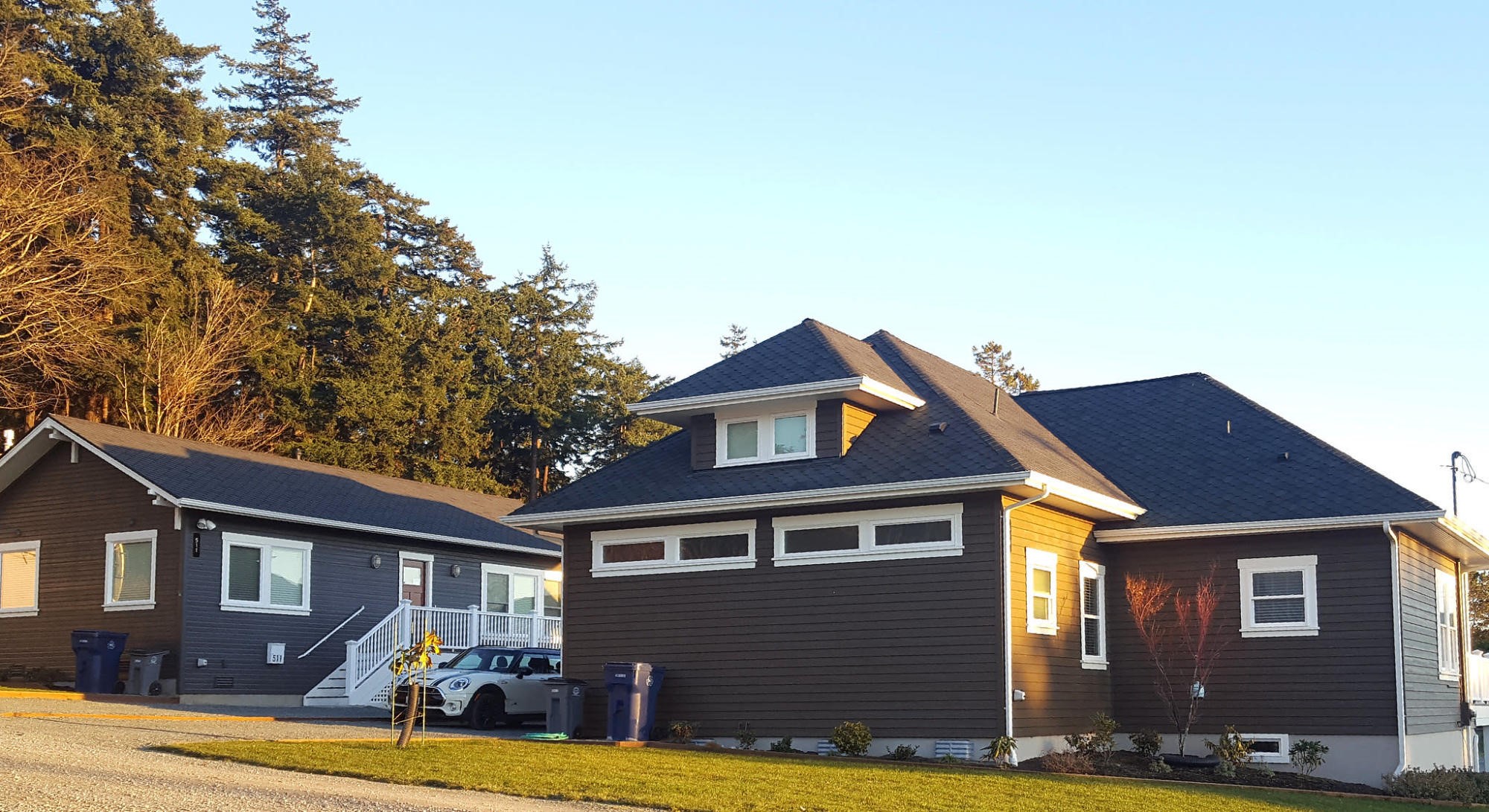
New! Casita Guidance for Establishing Local ADU Condo Ordinances As of January 1st, 2025, the ban on separate sale of ADUs will be lifted in state law. Cities and counties […]
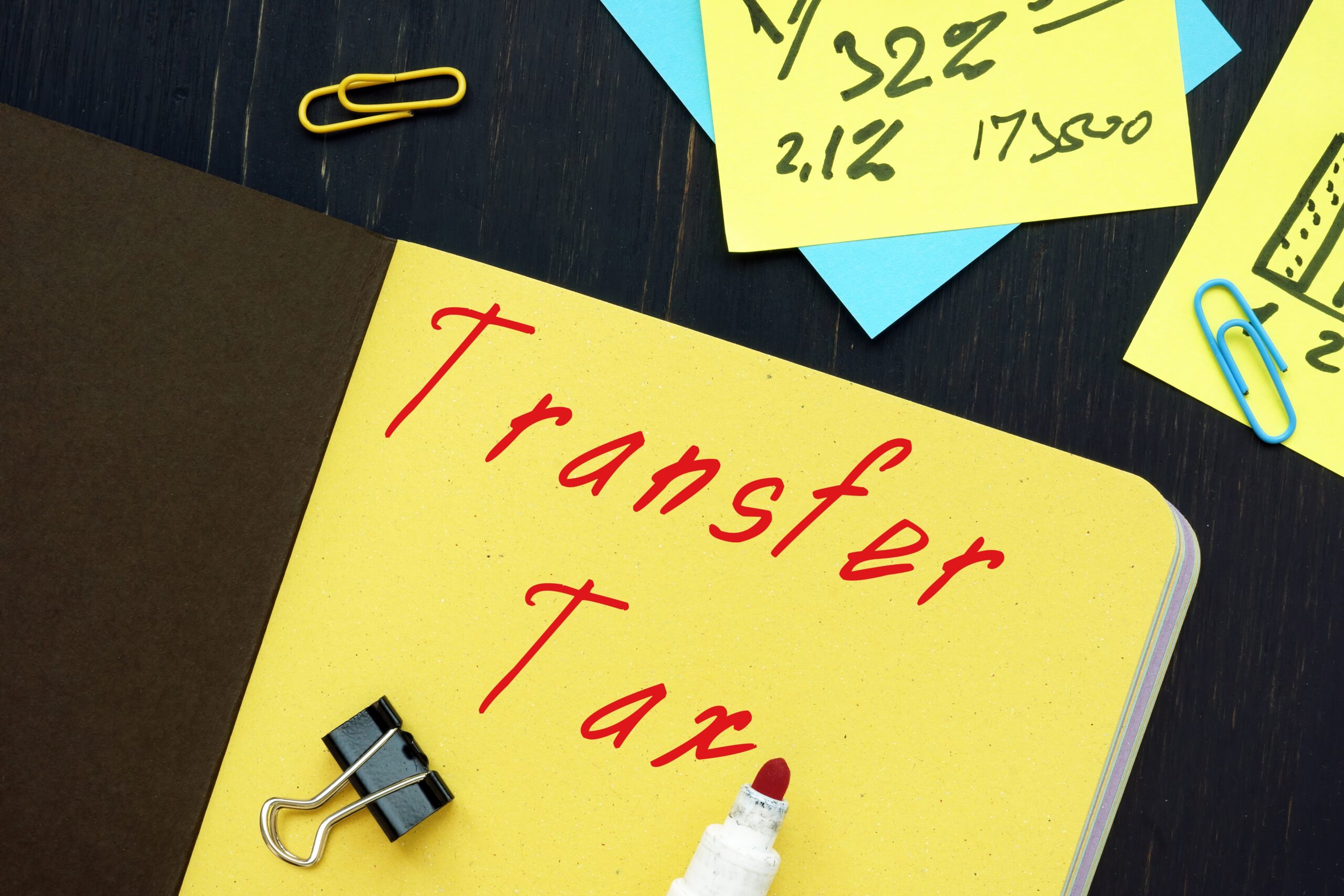
Last week, Mayor London Breed proposed a ballot measure aimed at encouraging conversion of office to residential use in San Francisco’s Downtown by eliminating transfer tax for certain converted residential […]

Like last year, 2023 was a stellar year for housing legislation in California. Last week, Governor Gavin Newsom signed into law more than forty-five bills related to housing and housing […]

As previously reported in August, San Francisco is currently considering a major overhaul of its Planning Code that would revise, relax, and simplify many of the city’s complex zoning and […]

Last week the California Legislature passed SB-423, new law introduced by Senator Scott Weiner to spur statewide housing production. SB-423 extends and expands SB-35 (Weiner, 2017), which allows streamlined, ministerial […]

Assembly Bill 572, introduced by Assembly Member Matt Haney of San Francisco, would place a cap on assessment increases a condominium homeowners association (HOA) could impose on a deed-restricted affordable […]

Last month, the San Francisco Board of Supervisors passed on first reading Impact Fee Reform legislation aimed to make development more predictable, easier, and financially feasible. The legislation complements the […]